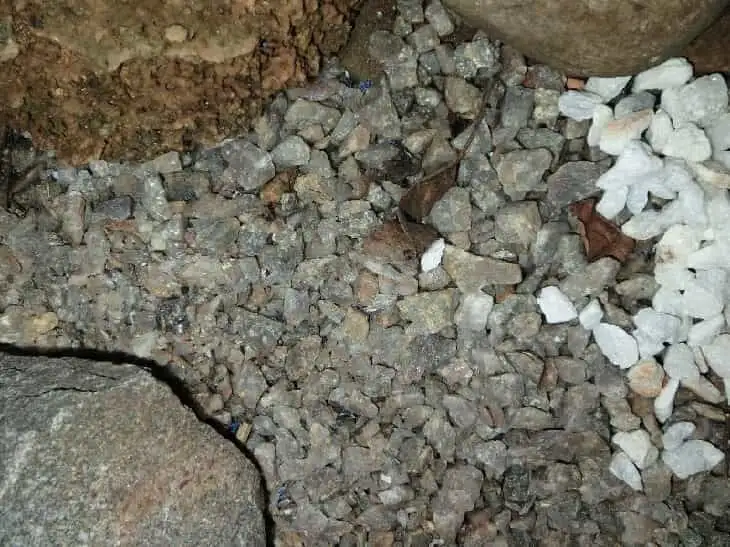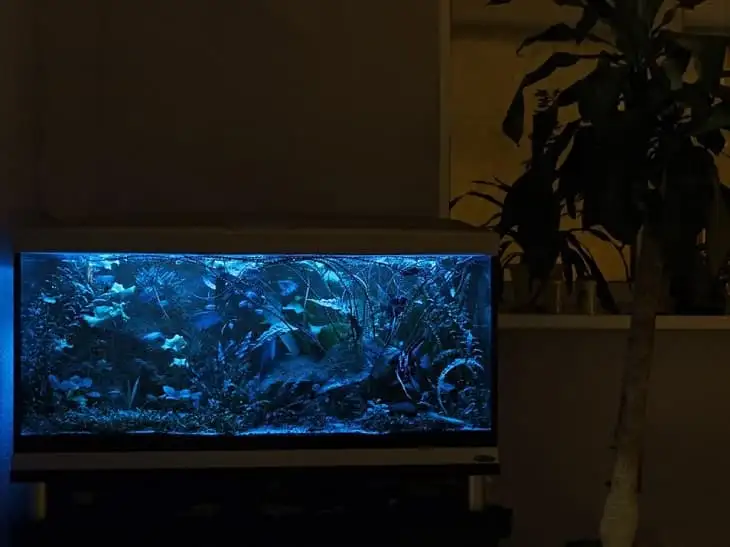CHOICE OF AQUARIUM BOTTOMS

So you finally got yourself an aquarium and at the same time with the necessary aquarium equipment necessary to think about the purchase of aquarium soil, because it plays no small role in the overall well-being of all aquarium inhabitants.
The need for aquarium soil
Now in the network of pet stores across the country, a wide variety of aquarium grounds are widely available. The grounds presented vary in size, shape and color.
This variety can confuse not only novice aquarists, but also those who already have some experience in caring for the aquarium. Do not take hasty decisions and buy the first favorite ground for the aquarium, in fact, in addition to its decorative component, ground takes an active part in maintaining the biological balance in the aquarium, it lives and breed beneficial bacteria that help neutralize detritus and will contribute to the water in the aquarium was crystal clear. In addition, aquarium gravel is necessary for the normal development of many species of aquarium plants.
Varieties of aquarium grounds
Aquarium grounds can be divided into three main types:
- Natural ground. All natural grounds belong to this type, such as sand, gravel, pebbles, etc. These soils are generally depleted and in order for the plants planted in them to feel comfortable, it will take a long time until the soil occurs naturally siltation.To accelerate the period of adaptation of plants planted in such soil, it is necessary to make it various fertilizers in the form of tablets, pellets or balls of clay.
- Crushed substrate. Such soil is obtained by grinding rocks and further subjected to chemical treatment.
- Artificial soil. Some artificial substrate containing in its composition all the necessary elements for normal plant growth.
What kind of substrate is undesirable
Not everything that is natural is suitable for aquariums.
Some natural grounds such as marble, coral sand or shell rock over time begins to release calcium carbonate into the water, which significantly increases water hardness. excessive water hardness is detrimental to aquarium inhabitants and plants.
Make sure that the soil is safe for the aquarium can be very simple - pour a little vinegar or citric acid solution on it. If it starts foaming in the process, then this ground should not be used for the aquarium.
Ground of glass crumbs
This soil can be called sterile, it is completely neutral to water and it does not develop useful bacteria, due to the lack of porosity in this material. In such a soil plants hardly grow and eventually die.
Claydite
This kind of soil can be used, but, due to the small weight of the material, its particles are very inert, and any swarming in the soil of fish raises a lot of turbidity, which does not settle on the bottom for a long time and strongly clog aquarium and plant leaves.
The rule of choice of aquarium grounds
Size
The rule of thumb here is that the smaller the fish that inhabit the aquarium, the shallower the ground should be. Also, the more fragile the plant roots are, the shallower the ground should be.
Shape
It is desirable that the ground was rounded, without sharp edges. When selecting soil, you should be guided by the rule of water permeability, to ensure that the particles should have approximately the same size. It is important not to fill up the coarser ground with the finer, thus disrupting the circulation of water in it, which eventually leads to stagnant processes in it, as a result of which the roots of plants begin to die off.
Color of soil
With this all is easy. There is now a huge range of colored primers and choose your favorite is not difficult. The only advice, pick up the color of the soil, which will be in harmony with the landscape of your aquarium and fish occupying it.
How to fill the bottom of the aquarium
- Before pouring soil in the aquarium, it must be thoroughly rinsed in running water. For greater safety, the soil can be boiled for 10-15 minutes.
- Pour the soil can be both an even layer, and at a slant, forming an underwater relief - here it all depends on your imagination. Typically, the soil is filled with a layer of 3-5 cm.
- Once the soil is placed in the aquarium, place other decorative elements: rocks, snags, etc. After that, the aquarium is half filled with water and then planted.
- When you fill the aquarium with water completely, do not hurry to let him release the fish and other inhabitants. You need to let the aquarium to settle, so it was established in a biological equilibrium, and only then settle it.
How to take care of the bottom ground
It is important to take care of the bottom every week. It must be cleaned of suspended fish waste. Cleaning is done with a special siphon, which can be purchased at any pet store. In general, the care of the soil does not represent any difficulty, you just need to allocate a little time for this, and then your aquarium will be a source of pride to you, and his underwater inhabitants will be healthy and happy with their bright colors and interesting habits.




